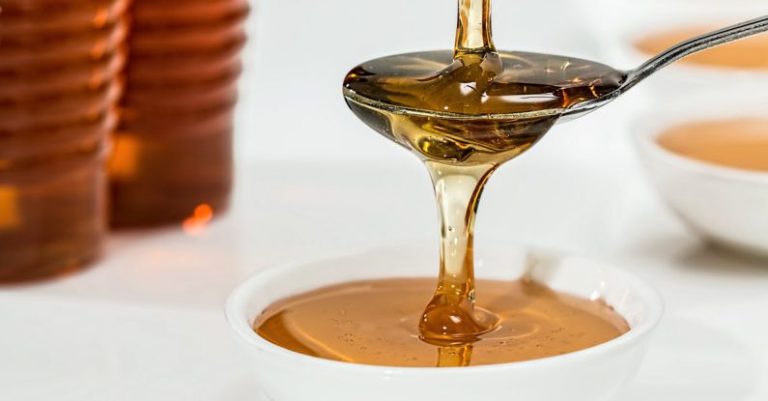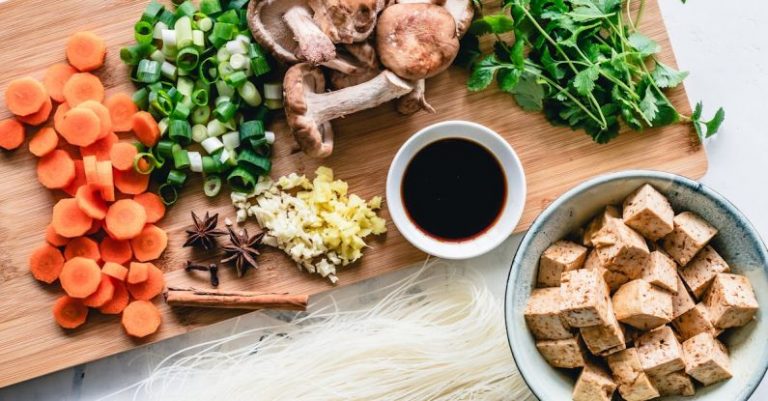
Spices have been an integral part of culinary traditions worldwide, adding depth, flavor, and richness to dishes. Local spices, in particular, hold a special place in the hearts of communities, offering a unique touch that sets their cuisine apart. While many are familiar with common spices like cinnamon, cumin, and paprika, there are lesser-known local spices that bring an exciting twist to dishes. Let’s delve into the world of unique local spices that add a burst of flavor and essence to various cuisines.
**Szechuan Peppercorns: The Tongue-Tingling Spice**
Hailing from the Szechuan region of China, Szechuan peppercorns are not your typical peppercorns. These tiny, reddish-brown husks pack a punch with their distinctive citrusy, floral flavor and a numbing sensation that tingles the tongue. Unlike traditional peppercorns that provide heat, Szechuan peppercorns offer a complex flavor profile that enhances dishes like Mapo Tofu and Kung Pao Chicken. This spice adds a unique dimension to both savory and sweet dishes, making it a must-have for those looking to spice up their culinary creations.
**Sumac: The Lemon-Like Spice**
With its vibrant red hue and tangy flavor profile, sumac is a Middle Eastern spice that deserves more recognition. Made from dried and ground sumac berries, this spice imparts a lemony, slightly sour taste to dishes, reminiscent of citrus zest. Commonly used in Middle Eastern and Mediterranean cuisines, sumac is a versatile spice that elevates salads, meats, and dips. Sprinkle sumac over grilled vegetables or hummus for a zesty kick that will awaken your taste buds and transport you to the bustling markets of the Middle East.
**Grains of Paradise: The Peppery Delight**
Also known as alligator pepper, grains of paradise are a West African spice that brings a peppery, floral flavor to dishes. Resembling small, brown seeds, this spice offers a complex taste profile with hints of citrus and cardamom. Grains of paradise are commonly used in West African stews, marinades, and spice blends, adding warmth and depth to savory dishes. Incorporate this unique spice into your next batch of homemade jerk seasoning or sprinkle it over roasted vegetables for a burst of flavor that will leave you craving more.
**Ajwain: The Carom Seed Spice**
Ajwain, also known as carom seeds, is a spice native to the Indian subcontinent with a pungent, thyme-like flavor. These tiny seeds boast a strong aroma and taste, making them a staple in Indian and Middle Eastern cuisines. Ajwain is often used in bread, lentil dishes, and pickles, adding a distinctive herbal note and a touch of bitterness. Toast ajwain seeds before using them to unlock their full flavor potential, enhancing dishes with its earthy, slightly peppery taste that lingers on the palate.
**Za’atar: The Herbaceous Blend**
Za’atar is a Middle Eastern spice blend that combines dried herbs like thyme, oregano, and marjoram with sesame seeds and sumac. This fragrant blend offers a savory, herbaceous flavor with a hint of tanginess from the sumac. Used as a seasoning for bread, meats, and dips, za’atar adds depth and complexity to dishes, infusing them with the flavors of the Mediterranean. Drizzle olive oil over a bowl of za’atar and dip warm pita bread for a simple yet satisfying snack that showcases the magic of this versatile spice blend.
**In Conclusion: Embracing the World of Local Spices**
Exploring unique local spices opens up a world of culinary possibilities, allowing you to infuse your dishes with diverse flavors and aromas. From the tongue-tingling Szechuan peppercorns to the lemon-like sumac, each spice brings its own distinct essence to the table, transforming ordinary meals into extraordinary culinary experiences. Embrace the richness of local spices and let them guide you on a flavorful journey around the globe, one dish at a time.





